As the world prepares to enter the 6G era, telecommunications experts assert: The next generation network will not only bring superior speed but also be designed to be environmentally friendly. Expected to be deployed in the early 2030s, 6G networks will integrate sustainable development principles right from the design stage.

It is expected that 6G networks could begin deployment in the early 2030s. (Source: Nokia)
In fact, current telecommunications infrastructure such as broadcasting stations, underground cables and data centers are heavily affected by extreme weather and rising temperatures due to climate change. In this situation, network operators are forced to implement green initiatives to both adapt and minimize environmental impacts.
More than just an internal trend, pressure from international regulations such as the European Union’s CSRD and China’s CSDS is forcing telecommunications service providers (CSPs) to demonstrate their ability to reduce emissions across the entire product lifecycle — from manufacturing, deployment, operations to end-of-life disposal.
The pioneering "big guys"
In the race to develop 6G networks – the next generation of connectivity expected to launch in the early 2030s – the world’s leading technology corporations are not only focusing on speed and latency, but also putting sustainability at the heart of the design. Names such as Nokia, Ericsson, Samsung, Huawei, LG and Qualcomm are all investing heavily in energy-saving solutions, reducing emissions and optimizing network infrastructure.
Nokia is one of the pioneers in applying the five principles of “sustainable design” to 6G networks. Notably, about 80% of the energy consumed in network operations comes from the radio access system (RAN). To solve this problem, Nokia is applying technologies such as machine learning, data analytics and digital twin models to automate energy savings, enable smart stations and predictive maintenance.
Subho Mukherjee – Global Vice President of Sustainability at Nokia – emphasized: “ Digital technology is the foundation for many important aspects of life, but we have a responsibility to ensure that the cost of these benefits is not borne by future generations.”

Mr. Subho Mukherjee - Global Vice President of Sustainable Development at Nokia. (Source: Nokia)
Ericsson and Huawei are aiming to build “cognitive” networks – where AI and sensors help the network self-adjust to reduce power consumption. Samsung and LG are testing terahertz data transmission and developing energy-efficient software and chips. Qualcomm is integrating green technology right from the foundation, combining AI and sensors to create a smart network ecosystem.
At the same time, the telecom industry is also shifting from traditional metrics such as speed and latency to sustainable value indicators (KVIs), such as minimal energy consumption and low carbon footprint.
In the face of increasingly complex environmental and geopolitical risks, modern network design must ensure high resilience. This includes adaptive traffic management, redundant systems, and rapid recovery capabilities.
Commitment of nations
To realize the goal of developing 6G networks in a sustainable way, the SUSTAIN-6G initiative has been deployed by the European Union as a “lighthouse” project – a model project that guides future research programs. The project brings together 24 partners from 10 countries, including major network operators, international standards organizations and leading research institutes.
SUSTAIN-6G not only focuses on technology, but also sets environmental, social and economic criteria for 6G networks. The project has published a D2.1 document on “Sustainability Platform Requirements, Use Cases and Standardization”, which emphasizes reducing greenhouse gas emissions, saving energy and promoting digital equity.

Hexa-X's vision diagram with a network of key elements of 6G: Intelligent connectivity, real-time control and commitment to a green future. (Source: Hexa-X)
In addition, countries such as France, Germany, Finland, Japan and the US are also joining alliances such as Hexa-X, Next G Alliance and IOWN Global Forum to jointly develop global 6G standards. These organizations are not only researching core technology but also integrating factors such as disaster resilience, remote area connectivity and user privacy protection.
Notably, the EU has invested nearly 14 million euros in the SUSTAIN-6G project alone, of which nearly 13 million euros are from the Horizon Europe budget – Europe’s largest research and innovation funding program. This investment clearly demonstrates the political and financial commitment of countries to make 6G a green, smart and inclusive connectivity platform.
With such efforts, it can be hoped that 6G will usher in a greener, more equitable and inclusive era of connectivity.
Source: https://vtcnews.vn/6g-se-thay-doi-mang-di-dong-nhanh-hon-sach-hon-ar968020.html



![[Photo] Keep your warehouse safe in all situations](https://vphoto.vietnam.vn/thumb/1200x675/vietnam/resource/IMAGE/2025/10/1/3eb4eceafe68497989865e7faa4e4d0e)
![[Photo] President of the Cuban National Assembly visits President Ho Chi Minh's Mausoleum](https://vphoto.vietnam.vn/thumb/1200x675/vietnam/resource/IMAGE/2025/10/1/39f1142310fc4dae9e3de4fcc9ac2ed0)

![[Photo] Hanoi morning of October 1: Prolonged flooding, people wade to work](https://vphoto.vietnam.vn/thumb/1200x675/vietnam/resource/IMAGE/2025/10/1/189be28938e3493fa26b2938efa2059e)

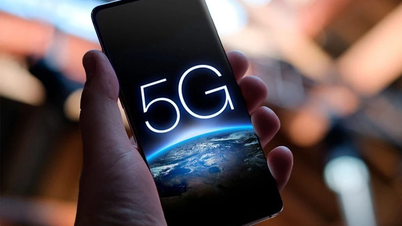

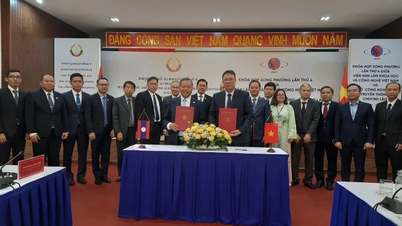

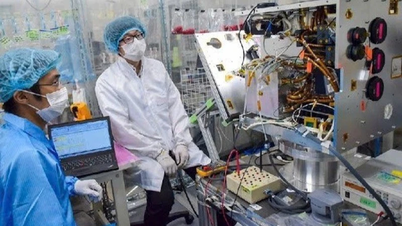



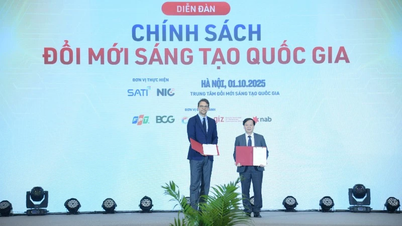




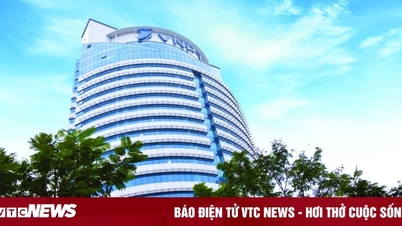
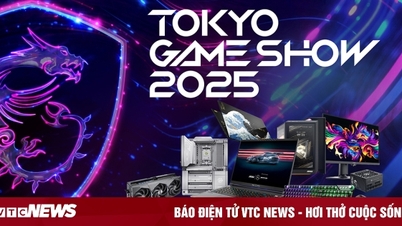
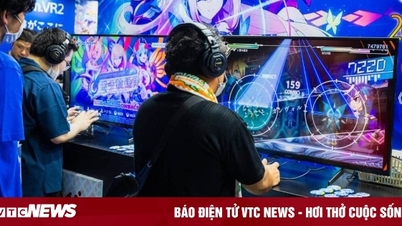

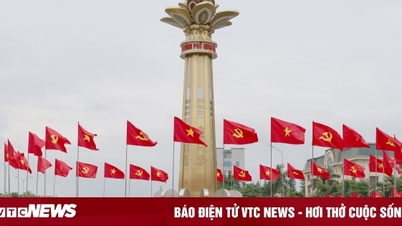
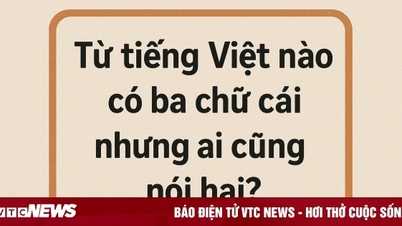





































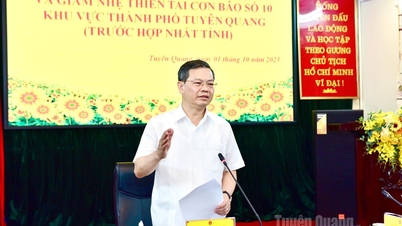

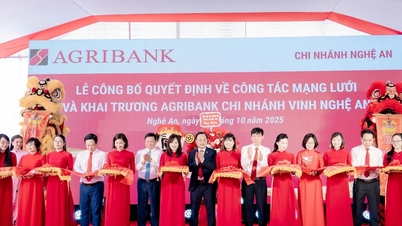

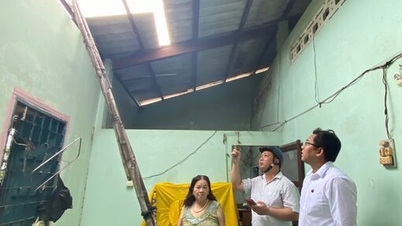





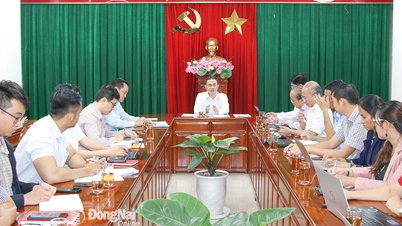













Comment (0)